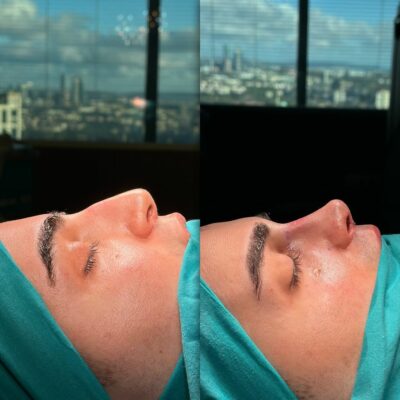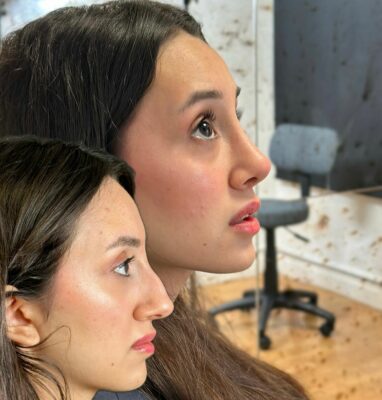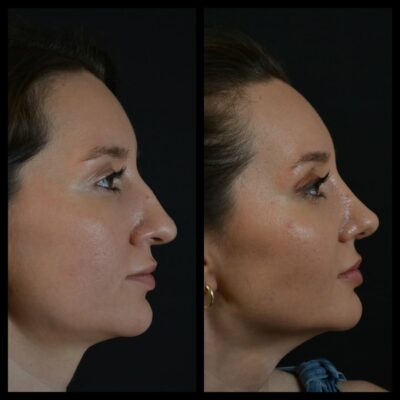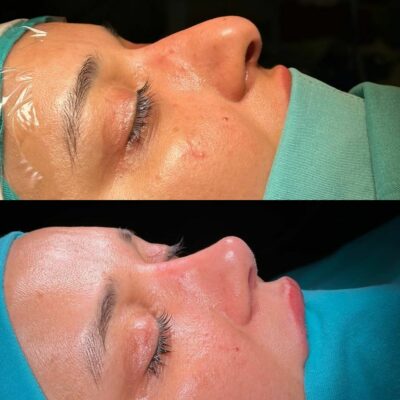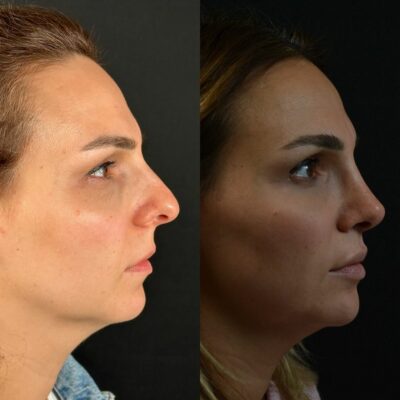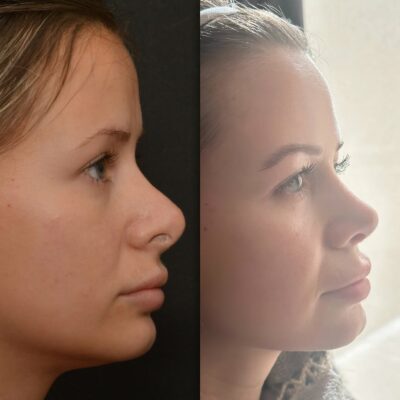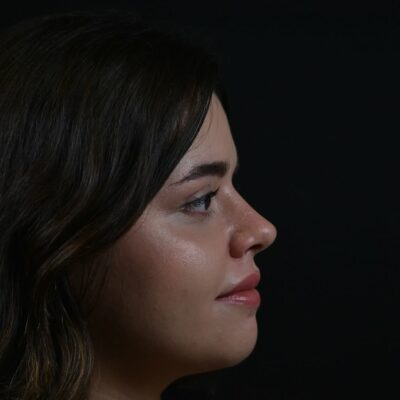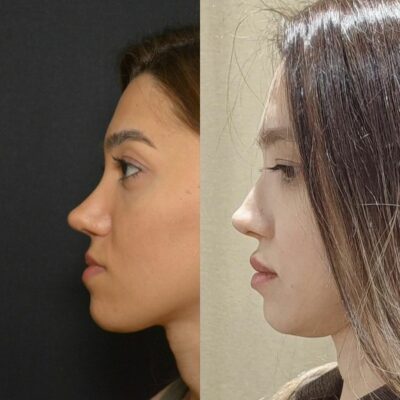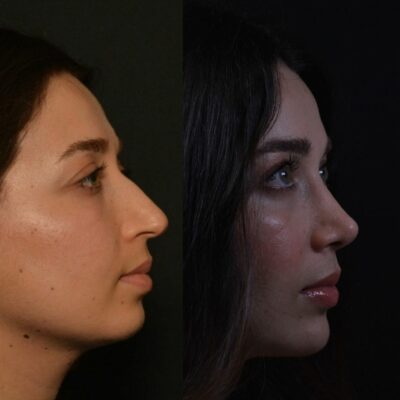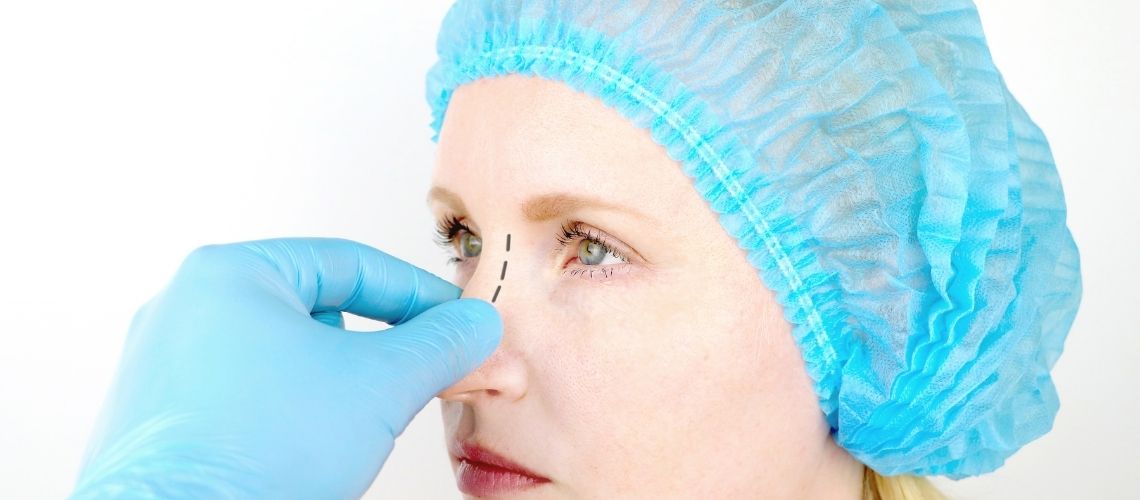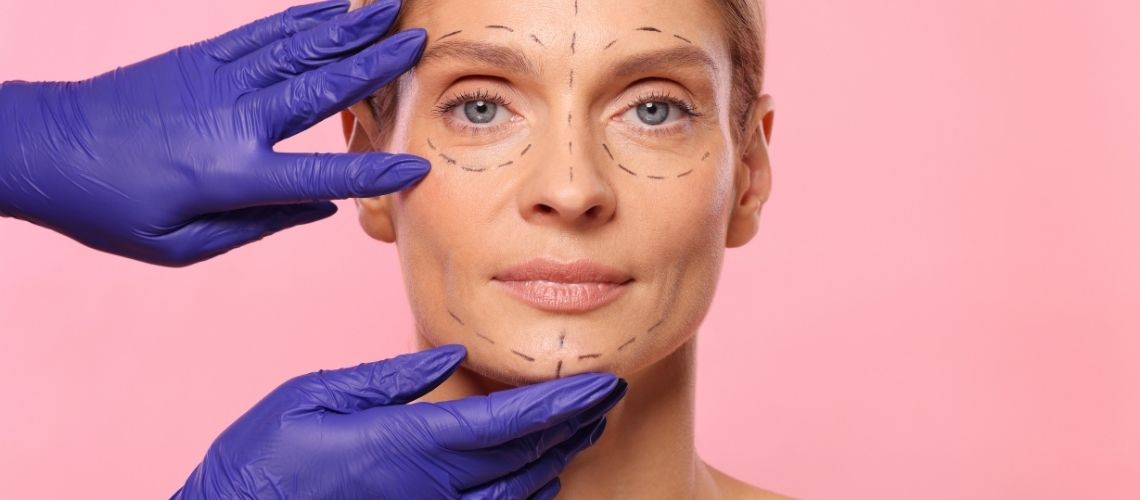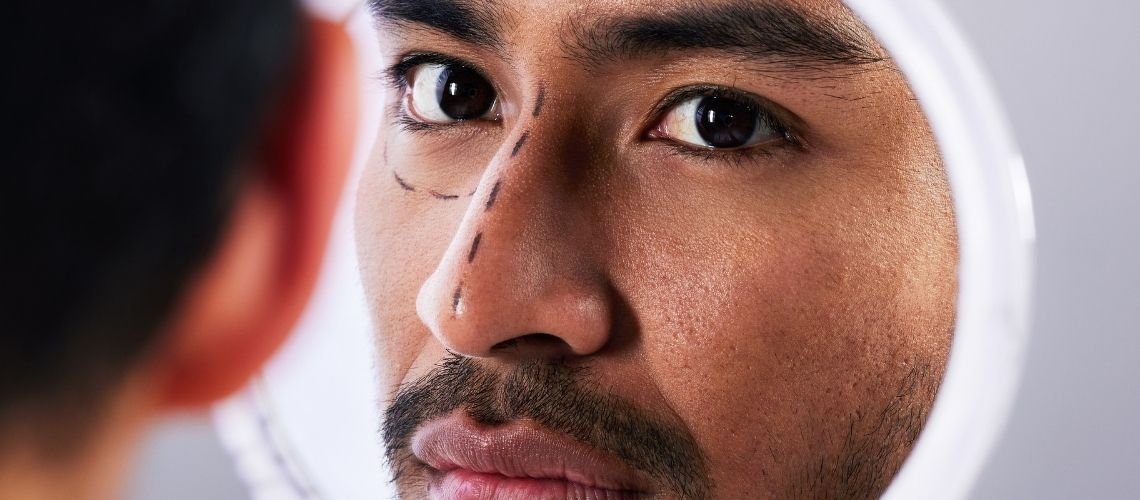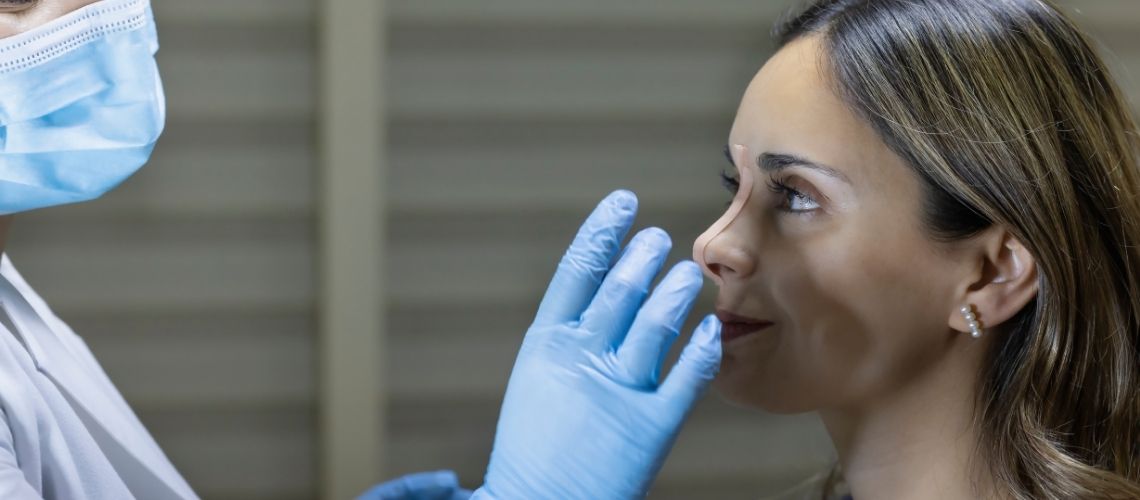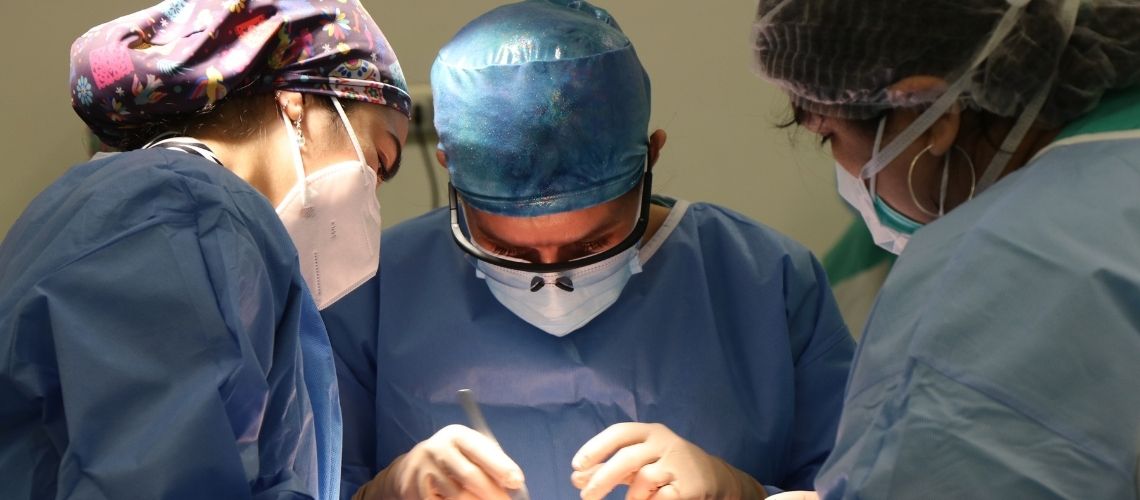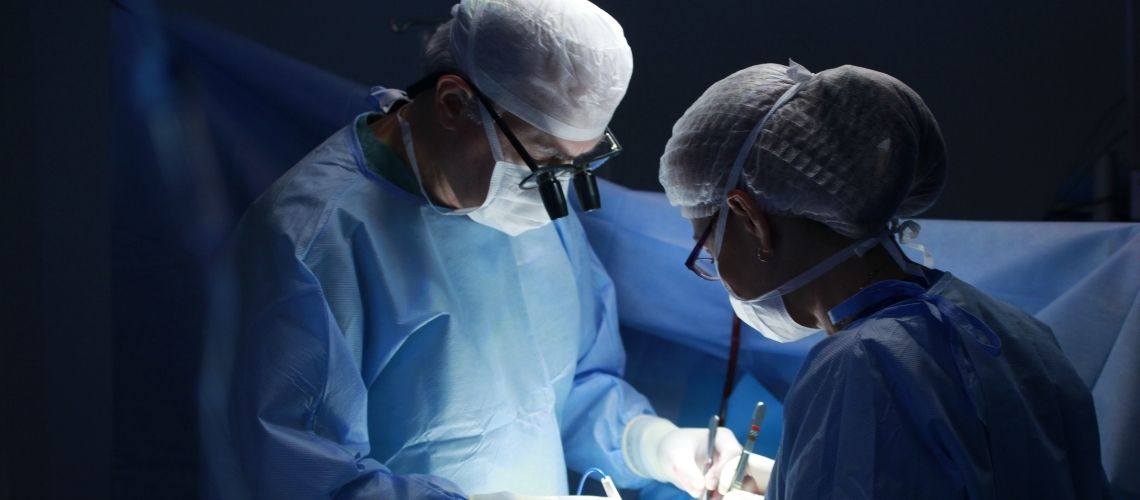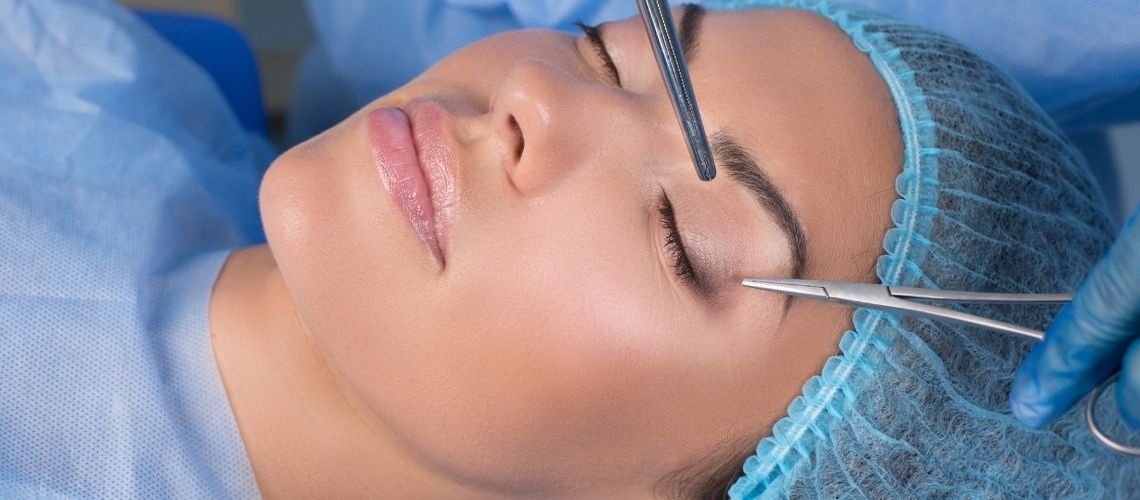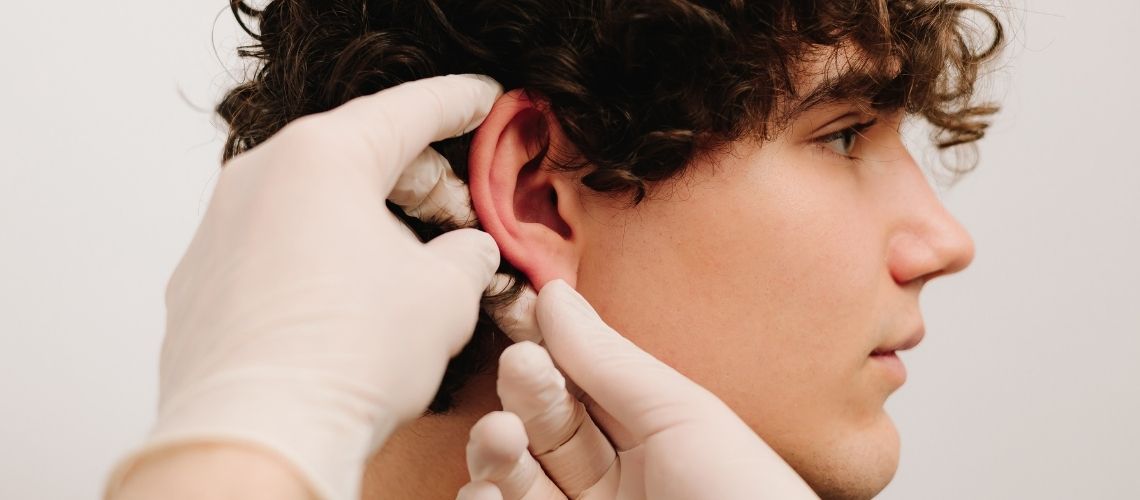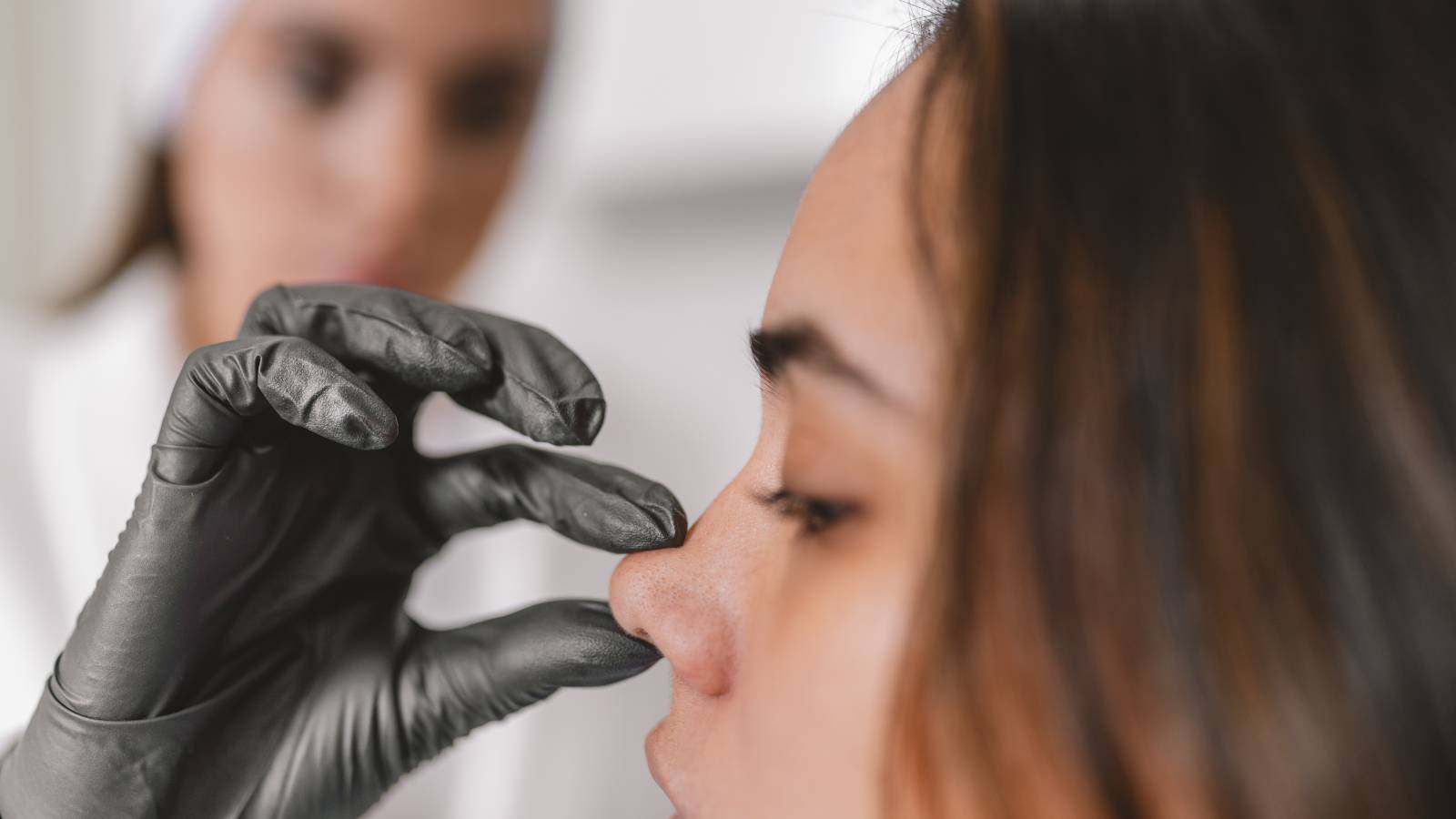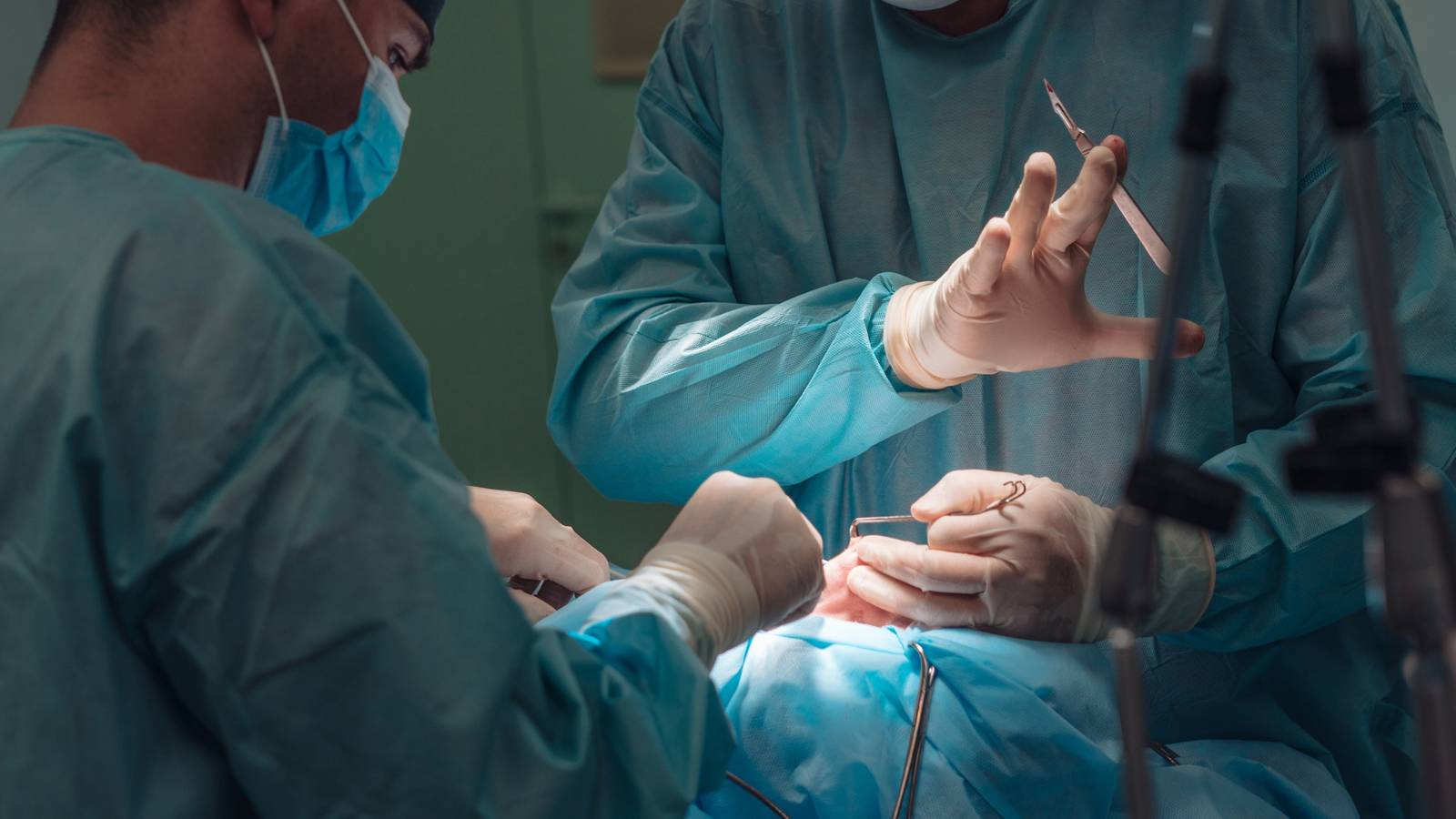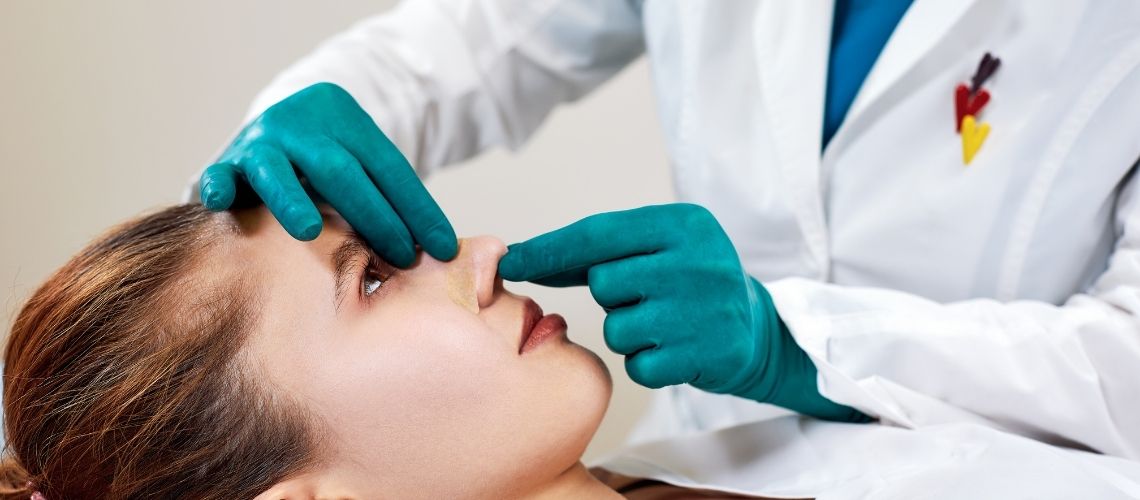
Thick Skin Rhinoplasty in Turkey
Patients with thicker nasal skin can achieve excellent results with Thick Skin Rhinoplasty in Turkey at our clinic. Dr. Camcıoğlu utilizes specialized techniques to address the unique challenges posed by thick skin, ensuring that structural changes are visible and harmonious with your overall facial aesthetics.
Cost of Thick Skin Rhinoplasty in Istanbul, Turkey ranges between €5,000– €7,000 in 2025 depending on hospital, package, and anatomy of your nose. Check our prices, before & after photos, and patient results from the USA, UK, Canada, Australia, and the rest of the world.

What Are the Symptoms of a Thick-Skinned Nose?
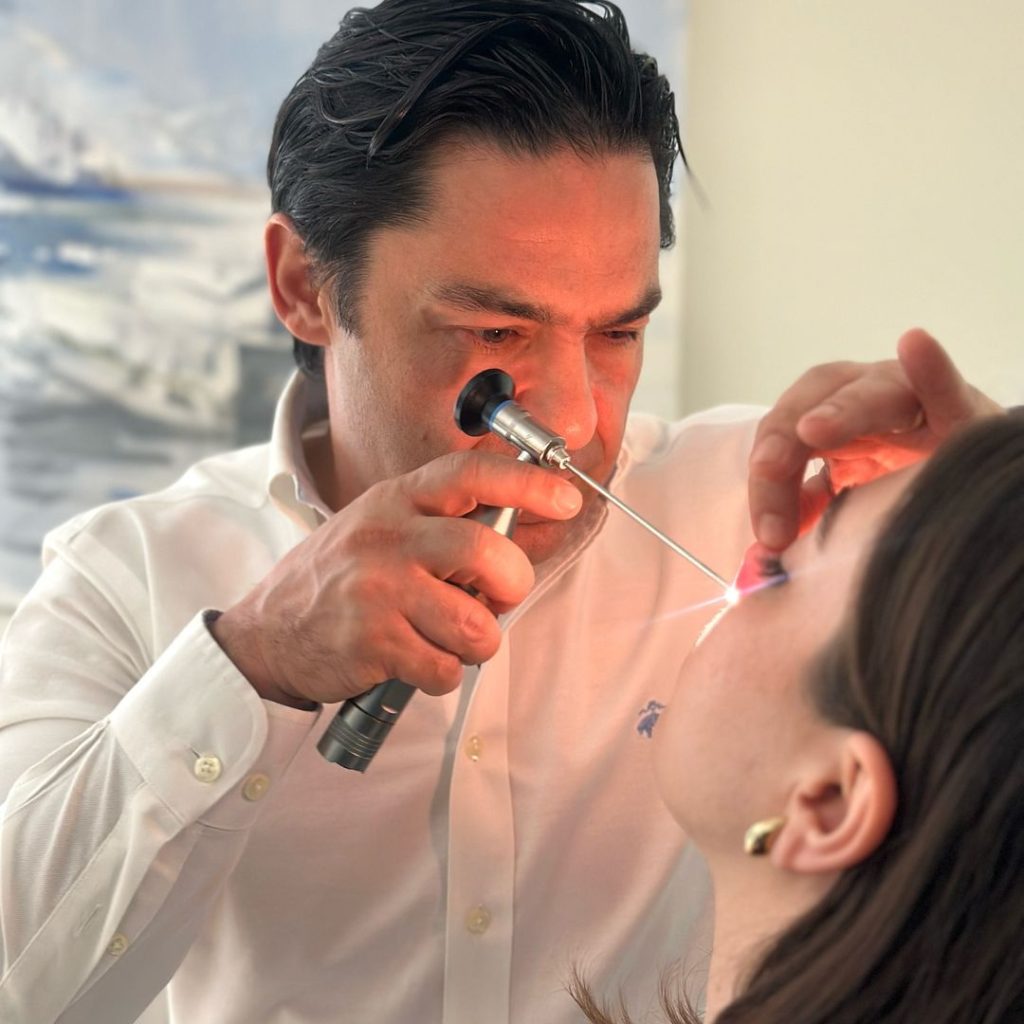
The presence of a thick-skinned nose can be identified by some distinct characteristics. Firstly, these noses generally have a skin structure with high oil content, making the skin appear shinier and oilier. Additionally, the fleshy and voluminous structure of the nasal tip and wings are typical features of thick-skinned noses. These features can be summarized as follows:
- Intense oiliness of the skin
- Thick and wide nasal wings
- Noticeably fleshy nasal tip
- Usually open and prominent pores
These features provide useful clues when evaluating one’s own nose structure. Thus, an individual can gain a clearer idea of the thickness of their skin. Knowing whether you have a thick-skinned nose is important as it requires special techniques for aesthetic interventions.
How Are Aesthetic Interventions Performed on Thick-Skinned Noses?
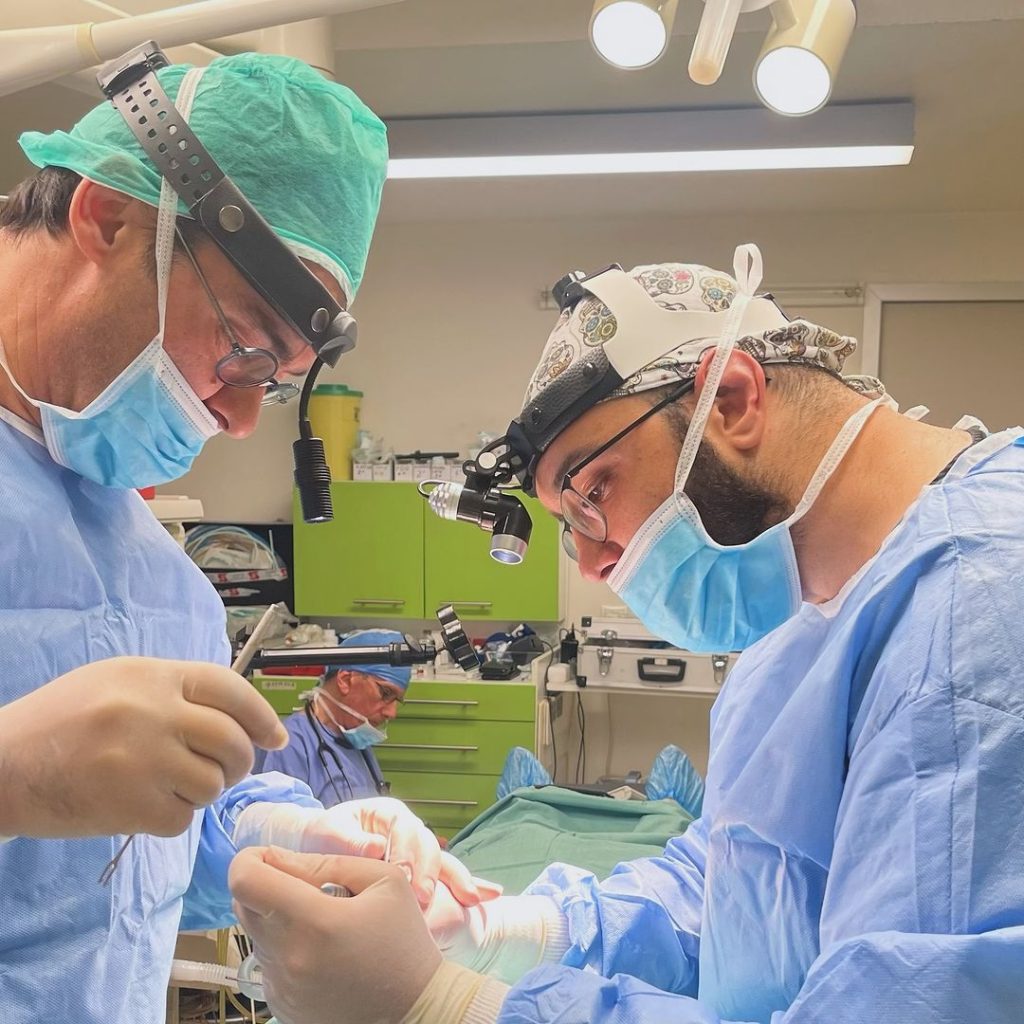
Thick-skinned noses pose certain challenges in aesthetic interventions. Due to the thickness of the skin, the changes made during the operation may have limited visual impact. This significantly influences the approach of plastic surgeons and increases the importance of an experienced surgeon.
The main challenges that surgeons face in treating thick-skinned noses include:
- Structural changes not being prominent due to the thickness of the skin,
- Extended recovery period after surgery,
- Difficulty in camouflaging asymmetry and other minor imperfections.
Additionally, certain special factors need to be considered in aesthetic interventions for these types of noses:
- The surgeon’s experience and skill,
- Proper management of the patient’s expectations,
- Informing the patient before and after surgery.
Aesthetic interventions on thick-skinned noses can be categorized into three main groups:
Noses with thick dermis:
- These noses are easier to shape compared to other types of thick skin.
- Structural changes can be more effective due to the thickness of the dermis.
Noses with excessive dermis and fat tissue:
- These noses are considered the most challenging group for surgical interventions.
- The presence of excessive fat tissue makes shaping efforts more complex.
Noses with large pores and frequent oiliness:
- This type of nose may require both medication and surgical intervention.
- Problems with acne and oiliness should be controlled with pre-operative treatment.
Thick-skinned nose aesthetics require surgeons to develop special techniques to overcome these challenges. These techniques include deep tissue manipulations to better shape the underlying structure. Additionally, controlling post-operative swelling requires special attention.
Properly managing the patient’s expectations is critical for achieving a successful result. Patients should be informed about the limitations of the surgery and the possible outcomes. Furthermore, the experience of the surgeon is an important factor in thick-skinned nose aesthetics. An experienced surgeon can minimize existing challenges and enhance patient satisfaction.
6 Reasons to Get Thick Skin Rhinoplasty in Istanbul






Post-OP
Care
Transform into the New You!
How Long Is the Recovery Process for Thick-Skinned Noses?
The recovery process after thick-skinned nose aesthetics is longer and more complex compared to other types of noses. Patients should patiently follow the recovery stages after surgery. Firstly, swelling and bruising occur in the nasal tissue after the operation. This condition generally decreases within a few weeks. However, in thick-skinned noses, these symptoms may be more pronounced and long-lasting.
The second stage involves the gradual settling of the nose shape. During this process, the contours of the nose start to become clear:
- The first six months are critical for the nasal tissue to take its main shape.
- By the end of the first year, major changes in the nasal structure are completed.
- The final recovery stage, which can last up to two years, provides the complete shape of the nose.
Adhering to the recommended post-operative care routines at each stage is vital for the success of the recovery process. Patients should attend regular check-ups as advised by their doctors and seek immediate medical support in case of complications. This way, individuals with thick-skinned nose aesthetics can achieve more satisfactory results in the long term.
What Should Individuals with Thick-Skinned Nose Structure Consider?
To achieve ideal results, it is especially important to pay attention to a few key points. Firstly, the selection of an aesthetic surgeon is crucial for people with this type of nose. The surgeon’s experience and expertise in this field directly affect the success of the operation.
- Choosing an expert aesthetic surgeon is essential.
- The patient should be aware of their current condition and have realistic expectations.
Before the operation, the patient should meticulously follow the doctor’s recommendations. The post-operative process is long and requires patience. However, if the doctor’s recommendations are followed during this period, satisfactory results can be achieved. Managing this process can directly influence the speed of recovery and the quality of the result.
- Follow the doctor’s advice both before and after the operation.
Lastly, those considering thick-skinned nose aesthetics should be patient considering the length of the recovery process.
Benefits of Thick-Skinned Nose Aesthetics
Thick-skinned nose aesthetics offer both aesthetic and functional improvements. Firstly, it makes the bone and cartilage structures beneath the thick skin more prominent. This results in a more refined and thinner appearance of the nose. Additionally, when the nose is reshaped, a more harmonious proportion with other parts of the face is achieved.
- It provides a thinner appearance; since the nose is central to the face, this refinement positively affects overall facial aesthetics.
- It better proportions facial features; the adjustments made ensure a more balanced facial symmetry.
The aesthetic improvements achieved post-operation enhance the individual’s self-confidence. While helping to alleviate psychological discomfort, it allows for more positive responses in social circles. Thus, thick-skinned nose aesthetics stand out as a process that improves both appearance and the individual’s mental state. This aesthetic procedure not only enhances physical appearance but also improves the quality of life.
What Are the Procedures for Thick-Skinned Nose Aesthetics?
Thick-skinned nose aesthetics require special attention and precision. The surgeon begins the operation with an open technique. In the first step, the skin is lifted to access the underlying tissues. Once access is achieved, the surgical procedures are performed step by step:
- Excess fat tissue is carefully removed.
- If necessary, the nasal hump is reduced.
During the procedures, the nose is improved both aesthetically and functionally. The surgeon may take additional measures to support the nasal structure and achieve a more balanced appearance:
- Support is added to the hump area.
- Depending on the situation, the nasal bone may be fractured.
The goal is to achieve a natural aesthetic that harmonizes with the patient’s facial structure. The post-operative recovery process can vary depending on the patient’s condition and the complexity of the operation. Generally, the recovery process takes about a week. During this period, the swelling will gradually decrease, and the results will begin to show. By following the recommended instructions during the post-operative period, patients can speed up the recovery process and reduce the risk of possible complications.
How Much Does a Thick Skin Rhinoplasty in Turkey in 2025 ?
The cost of a Thick Skin Rhinoplasty in Istanbul, Turkey, typically ranges between €5,000 and €7,000. The price can vary depending on several factors, such as the surgeon's experience, the complexity of the procedure, the clinic's reputation, and additional services included in the package.
| Average Thick Skin Rhinoplasty Cost (in Euros) in 2025 | |
| United Kingdom | €16,600 – €19,000 |
| United States | €14,200 – €23,400 |
| Canada | €16,000 – €19,000 |
| Australia | €23,800 – €37,800 |
| South Korea | €9,400 – €17,200 |
| Ireland | €13,000 – €15,000 |
| Germany | €11,000 – €13,000 |
| Netherlands | €11,000 – €13,000 |
| France | €11,000 – €13,000 |
| Turkey | €5,000– €7,000 |
Frequently Asked Questions
Of course, thick-skinned noses can undergo aesthetic surgery. However, rhinoplasty for this type of nose can be more challenging compared to thin-skinned noses. During the operation, doctors shape the nasal structure with sharper and higher angles to make the nose shape more prominent. This method aims to make the nasal contours more visible. Therefore, aesthetic interventions can be performed on a thick-skinned nose, and successful results can be achieved.
In thick-skinned individuals, the recovery process for the nose usually takes 1.5 to 2 years. During this period, the nose takes its final shape. Once the recovery process is complete, the nose achieves its final aesthetic and structural appearance. Therefore, the time needed for a thick-skinned individual’s nose to settle is this long. During the recovery process, the nasal tissues regenerate and take their final form.
Skin thickness has a significant impact on the results of nasal aesthetic surgeries. Thick skin can mask the fine details of the nasal skeleton. This condition can prolong the post-operative recovery process. Additionally, shaping the nasal tip becomes more difficult in individuals with thick skin. Therefore, the nasal tip is positioned higher and supported to minimize the risk of drooping. On the other hand, the recovery process is faster in individuals with thin skin, and the surgical results are more clearly defined.
Various methods are used to reduce skin thickness after thick-skinned nose aesthetic surgery. First, medications containing vitamin A derivatives are used; these medications help reduce oiliness in the nasal skin and support the recovery process. Additionally, surgical removal of excess fat tissue can contribute to thinning the nasal skin. However, some methods, like laser treatment, may not be effective in thinning nasal skin. These treatments should be planned according to the doctor’s recommendations and the individual’s health condition.
A thick-skinned nose can be identified if, when gently held between the index finger and thumb, an additional layer can be felt under the skin. Additionally, if the hand becomes oily during this process, it also indicates that the skin is thick. If the nasal wings appear fleshy and round, it can be considered as having thick skin. These signs are sufficient to determine that the nasal skin is thick.
Swelling in a thick-skinned nose can be reduced by following a salt-free diet. Applying a cold compress can also help alleviate the swelling. Keeping the head elevated above heart level while resting helps reduce the swelling. Massages recommended by the doctor can also help reduce the swelling. Using nasal strips can help reduce swelling, especially in patients with thick skin. Every patient’s healing process is different, but patience is necessary. These methods can effectively reduce swelling. It may take time for the swelling to completely subside, but these suggestions will help.
Unfortunately, it is not very possible to reduce or thin a thick-skinned nose. However, adding cartilage to the nasal root and tip can make the nose appear thinner. Efforts to reduce and thin noses with thick skin are limited. However, these methods can give the nose a more aesthetic appearance. As a result, it is difficult to completely thin thick-skinned noses, but improvement in appearance is possible.
The healing process after surgery for a thick-skinned nose generally takes 1.5-2 years. During this period, the tissues under the skin heal, and the swelling decreases. Therefore, this time is needed for the nose to take its final shape and for the final appearance to emerge. However, the healing process continues during the first 6 months, and changes can be observed during this period. It takes approximately 1.5-2 years for complete healing and for the nose shape to settle.
The skin on the nasal tip is thicker compared to the nasal dorsum because there are many sweat and oil glands in this area. The abundance of these glands makes the skin on the nasal tip thicker and more durable. Additionally, the nasal tip is more intensely oily and sweaty compared to the nasal dorsum. This provides extra protection for the nasal tip. As a result, the skin on the nasal tip is thicker and more resilient. These characteristics make the nasal tip more resistant to external factors. The skin on the nasal dorsum, on the other hand, contains fewer sweat and oil glands, making it thinner and more sensitive.
One of the Best Clinic Team for Thick Skin Rhinoplasty in Turkey
Dr. Alev Camcıoğlu is considered to be one of the best Thick Skin Rhinoplasty surgeon in Turkey. You can check Thick Skin Rhinoplasty reviews here.
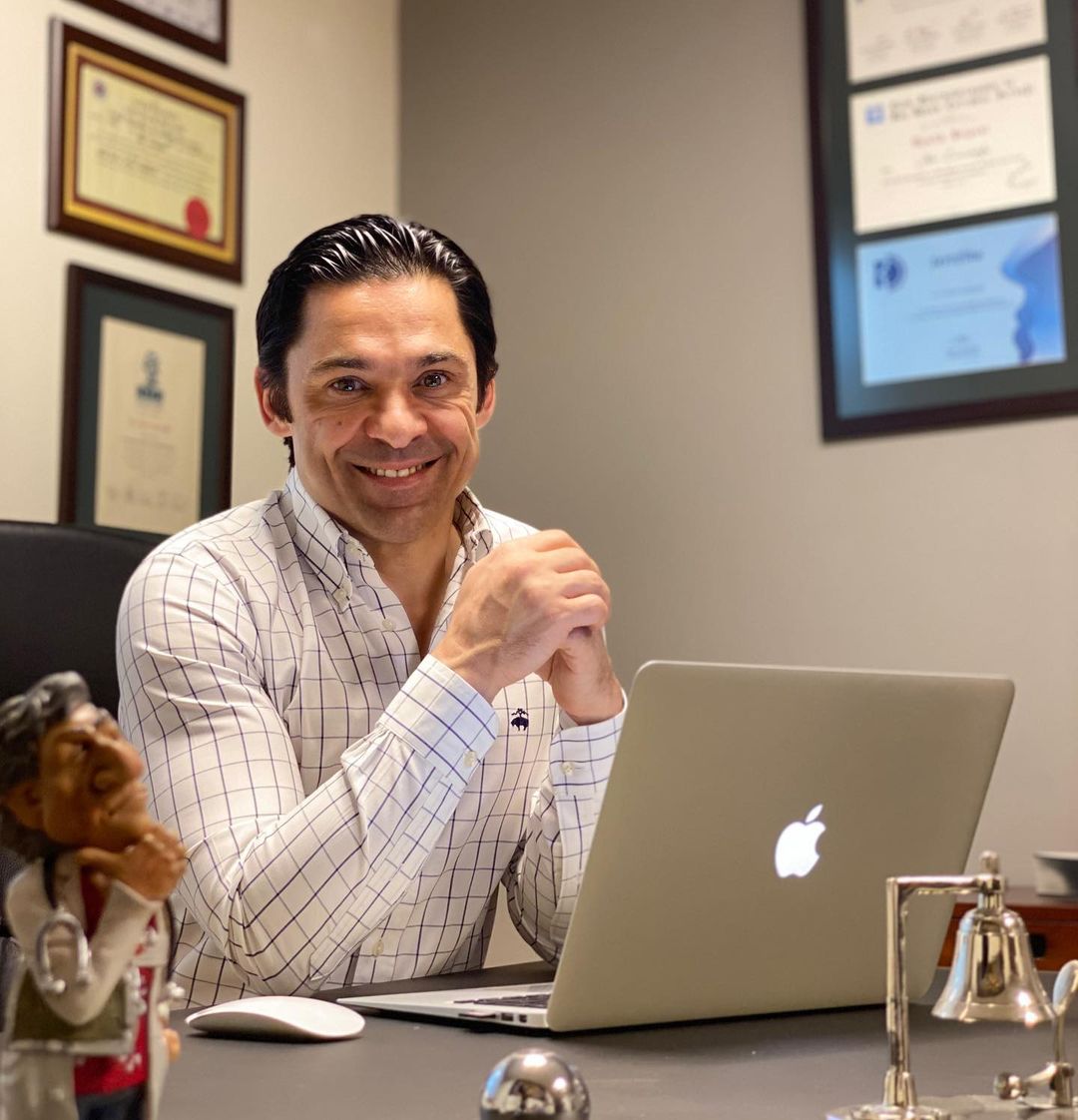
Op. Dr. Alev Camcıoğlu
Rhinoplasty Surgeon
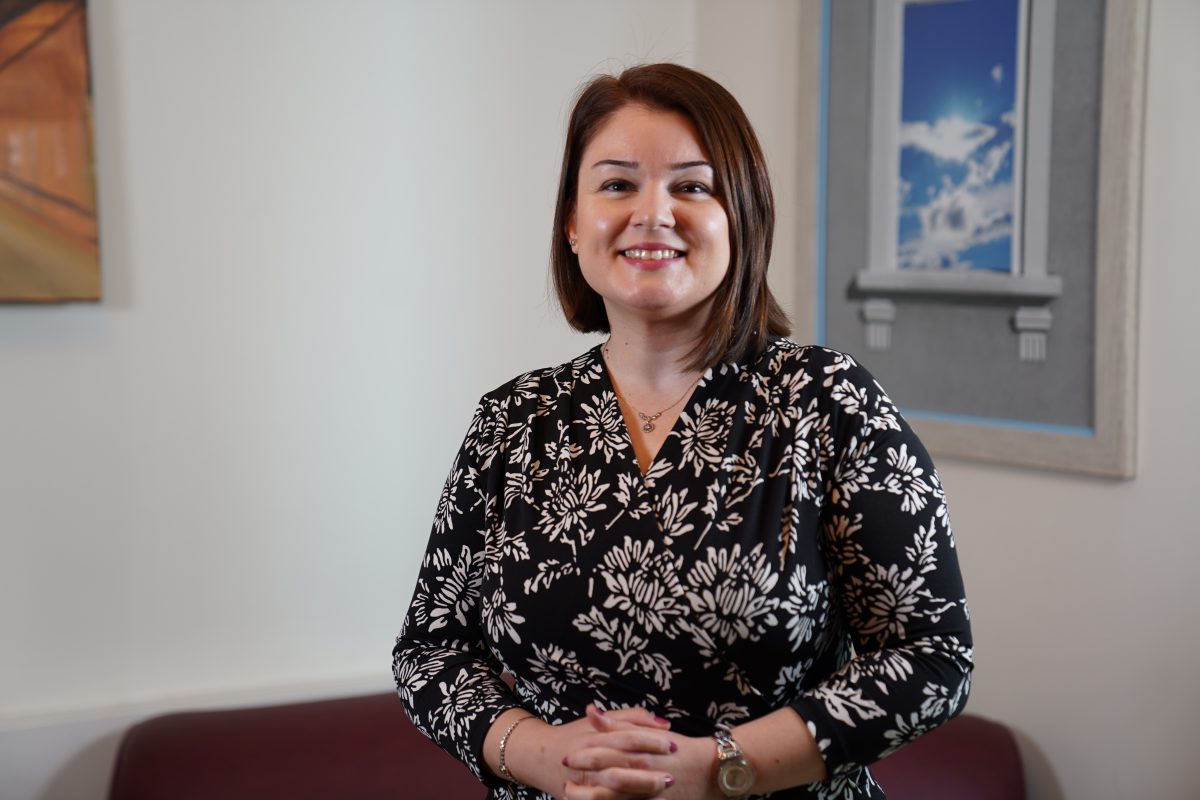
Aylin Uyuşmak
Clinical Coordinator
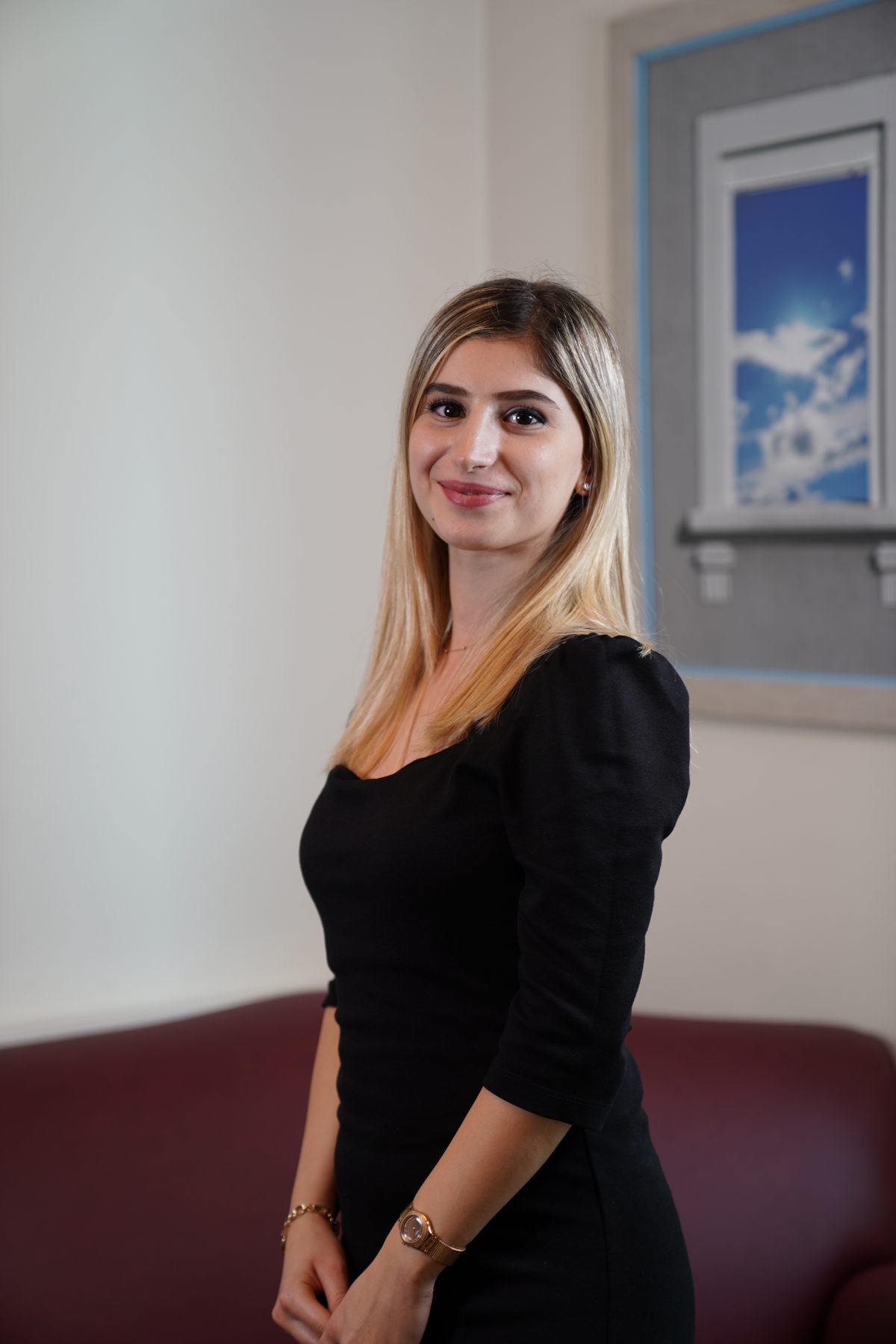
Serra Sevgili
Clinical Assistant
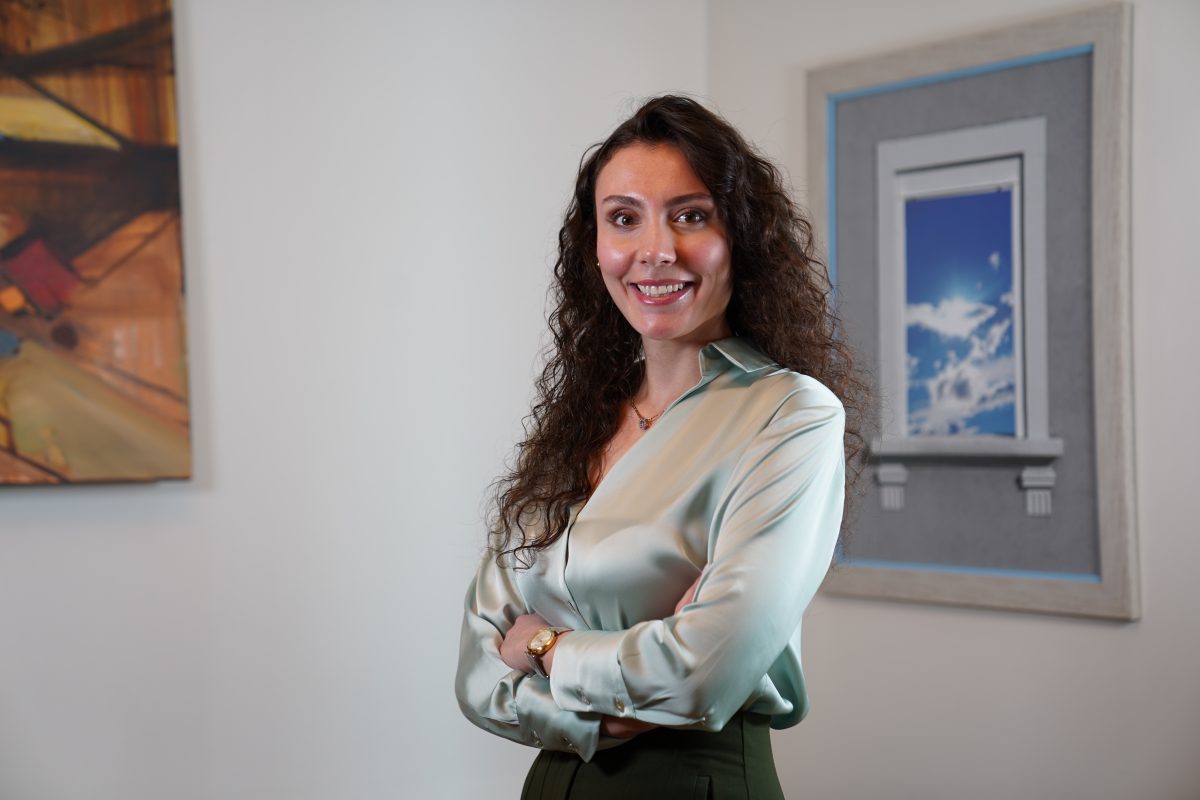
Sema Yapıcı
Operating Room Nurse




